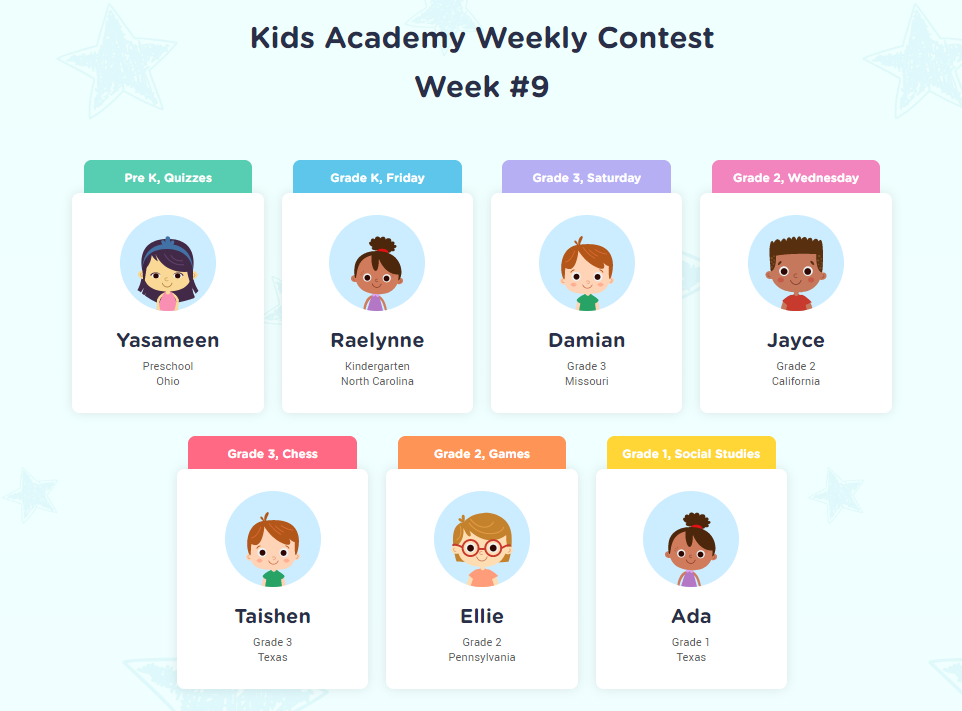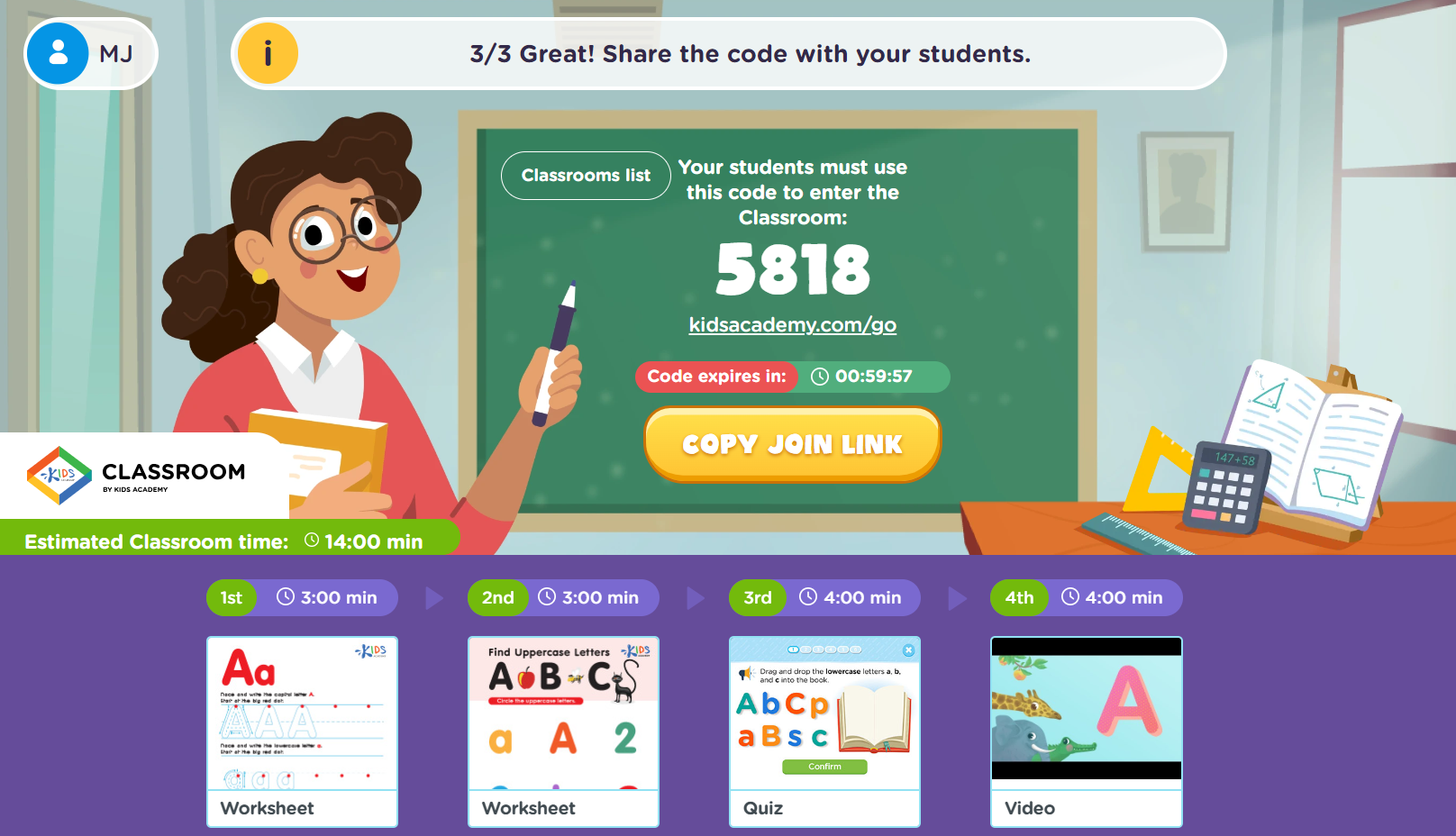Visual recognition Normal Worksheets for Ages 3-8
8 filtered results
-
From - To
Welcome to our Visual Recognition Worksheets for Ages 3-8! These carefully crafted worksheets are designed to enhance children's visual recognition skills through engaging and interactive activities. Ideal for early learners, each worksheet focuses on identifying colors, shapes, and patterns, promoting cognitive development while keeping learning fun. Our resources cater to various learning styles, ensuring that each child has the opportunity to thrive. Perfect for both classroom use and home learning, these worksheets support critical thinking and visual discrimination, laying a solid foundation for further learning. Explore our collection today and boost your child’s visual recognition abilities in a playful and effective way!
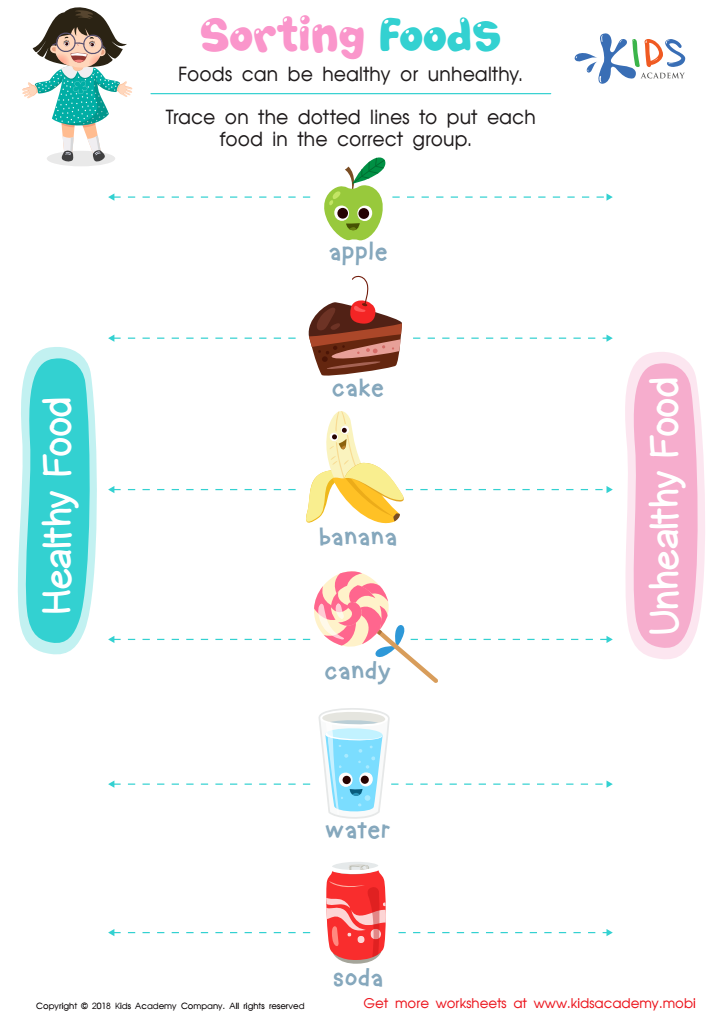

Sorting Food Worksheet
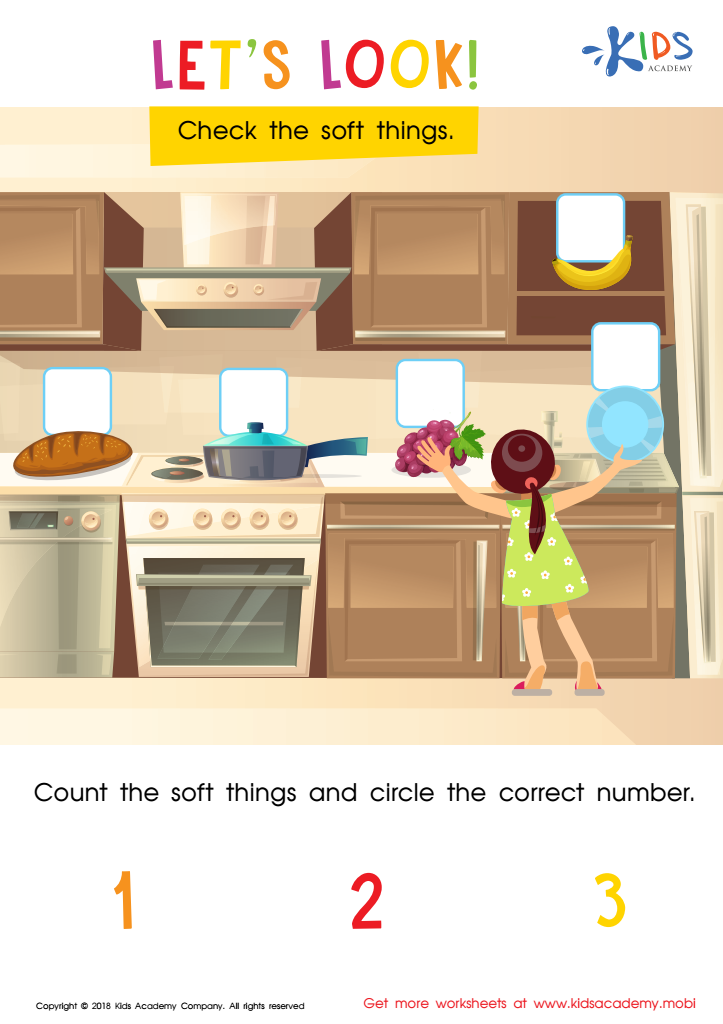

Let's Look! Assessment Worksheet
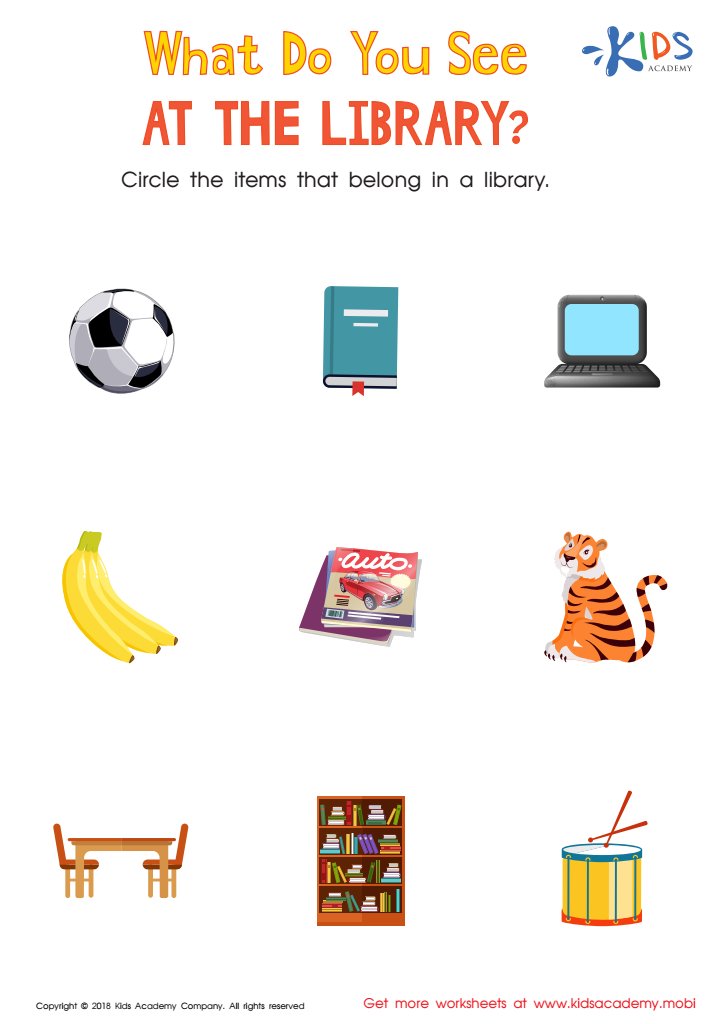

What Do you See at the Library? Worksheet
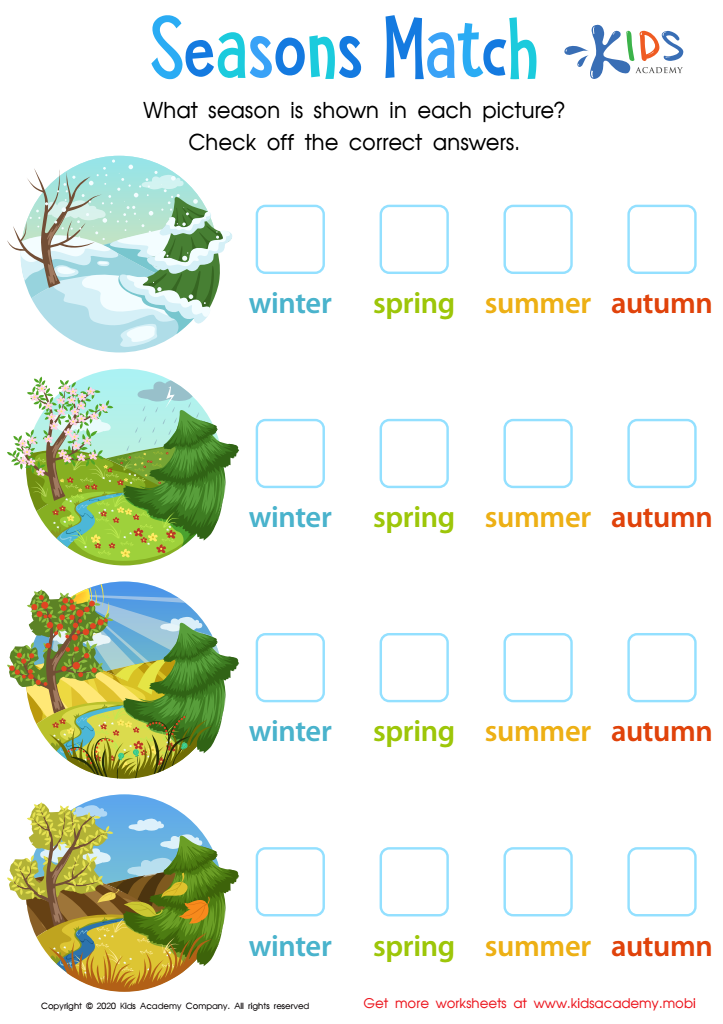

Seasons Match Worksheet


Skip Counting by 10 Through Our Community Worksheet


Match the Picture Worksheet
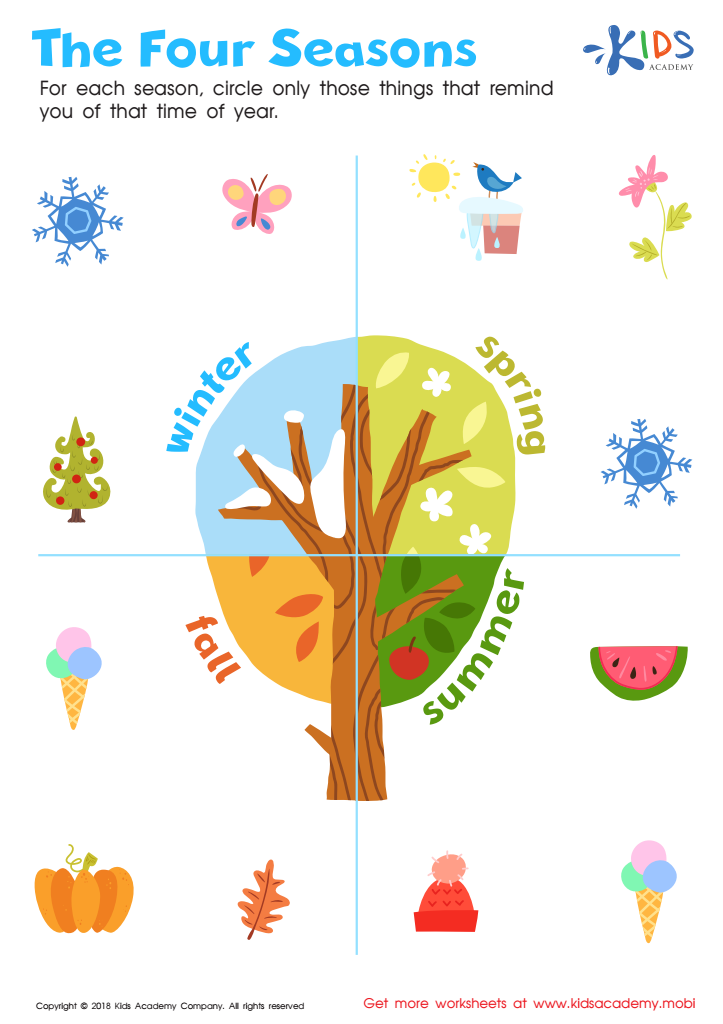

The Four Seasons Worksheet
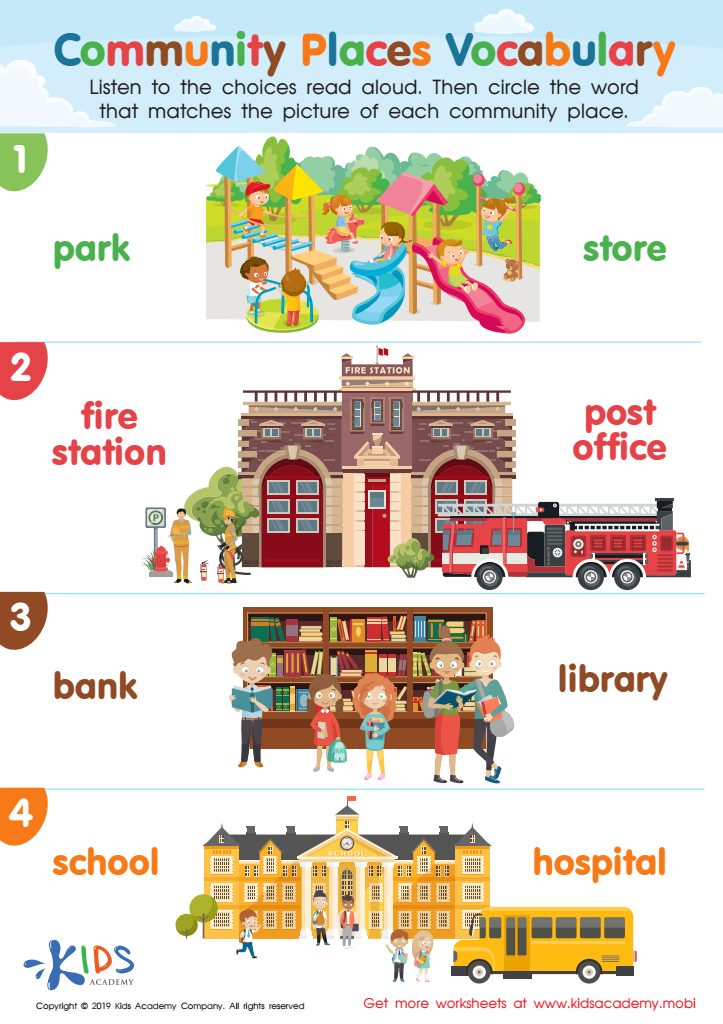

Community Places Vocabulary Worksheet
Visual recognition is a crucial skill for children aged 3-8, forming the foundation for various cognitive and social developments. At this stage, children are rapidly evolving their ability to identify, categorize, and interpret visual stimuli from their surroundings. For parents and teachers, fostering strong visual recognition helps enhance language development, literacy, and even mathematical skills.
Visual recognition enables kids to recognize letters and numbers, aiding in reading and counting. It also promotes critical thinking as children learn to differentiate objects, colors, and shapes, which enhances problem-solving abilities. Moreover, it supports their social skills; for example, recognizing facial expressions helps them navigate emotions and develop empathy.
Integrating visual recognition activities—like matching games, picture books, and interactive learning—into everyday routines can motivate children to engage, learn, and explore their environment. Given that children learn through imitation and observation, adults can enrich their experiences by creating visually stimulating environments and encouraging discussions about what they see.
In conclusion, investing time in visual recognition activities not only supports academic readiness but also nurtures emotional intelligence, making parents and teachers pivotal in shaping well-rounded, confident young learners.
 Assign to My Students
Assign to My Students



.jpg)
